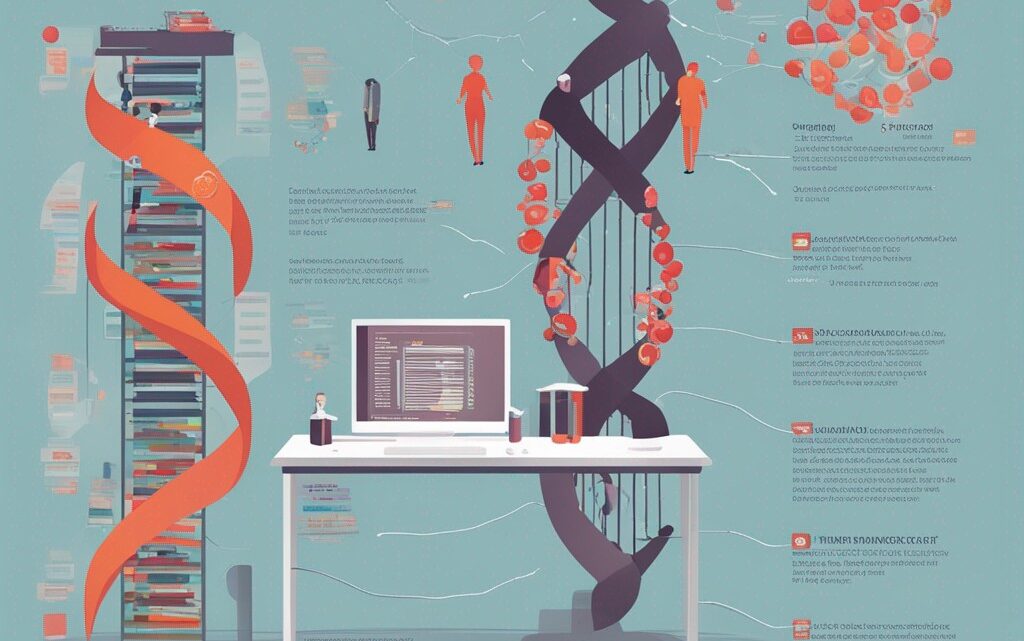
Biomarker Discovery in Bioinformatics
September 13, 2023Table of Contents
An Outline of Biomarker Identification through Bioinformatics
Introduction
Identifying biological markers, or biomarkers, is an essential application of bioinformatics in current medical practice. These markers serve as quantifiable indicators of biological statuses or disorders and are vital for early disease diagnosis, tracking the disease trajectory, and customizing medical treatments. Bioinformatics contributes the computational tools needed for extensive data interpretation and evaluation, crucial for pinpointing reliable biomarkers.
Why Biomarkers Matter
Biomarkers have several applications in healthcare:
1. Prompt Diagnosis: Some markers can help in early identification of diseases, which in turn can improve outcomes.
2. Discriminating Illnesses: These markers can aid in differentiating between related medical conditions.
3. Monitoring Treatment: They can indicate how effective a treatment is.
4. Facilitating Drug Research: Biomarkers can accelerate the creation of specialized medical treatments.
Categories of Biomarkers
1. DNA Markers: Specific DNA sequences linked with certain conditions.
2. RNA Markers: Levels of RNA that correlate with particular diseases.
3. Protein Indicators: Proteins or their modifications that serve as pointers.
4. Metabolite Signals: Specific metabolic products that indicate particular states.
How Bioinformatics Facilitates Biomarker Identification
1. Gathering Data: Compilation and initial processing of biological datasets, typically sourced from techniques like next-gen sequencing, mass spectrometry, or microarray methods.
2. Interpreting Data: Employing computational algorithms, statistical models, and data clustering to analyze information.
3. Corroboration: Experimental verification of promising markers.
4. Multi-Omics Integration: Aggregating diverse types of biological data for a more holistic view.
Computational Methods and Tools
Various computational methods and tools are employed:
1. Computational Learning Techniques: Methods like decision trees, SVMs, and artificial neural networks are common.
2. Statistical Approaches: Initial screening often employs statistical tools like chi-square tests, t-tests, and ANOVA.
3. Biological Pathway Analysis: Programs like KEGG or Reactome are useful for understanding the biological importance of possible markers.
Ethical Dimensions
The discovery of biomarkers also raises ethical dilemmas, such as issues surrounding patient confidentiality, possible discrimination, and the need for explicit consent. Therefore, ethical norms are essential for responsible scientific inquiry and application.
Final Thoughts
Bioinformatics is pivotal in the search for biomarkers, greatly influencing early diagnosis, precise medical categorizations, and personalized therapeutic strategies. With computational advancements and growing biological data sources, biomarker identification is set to experience remarkable progress in upcoming years.


